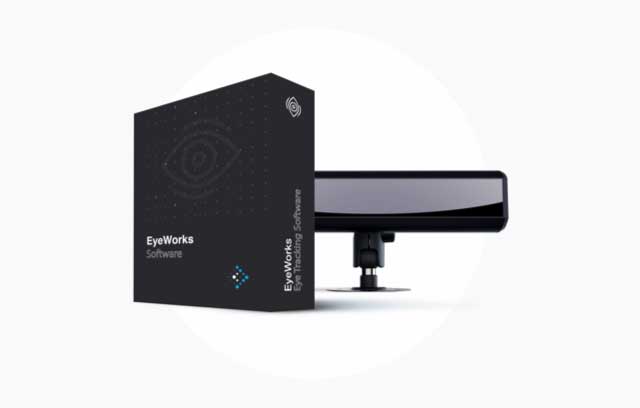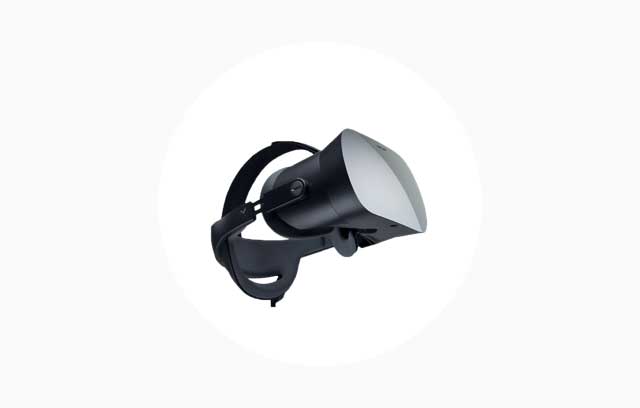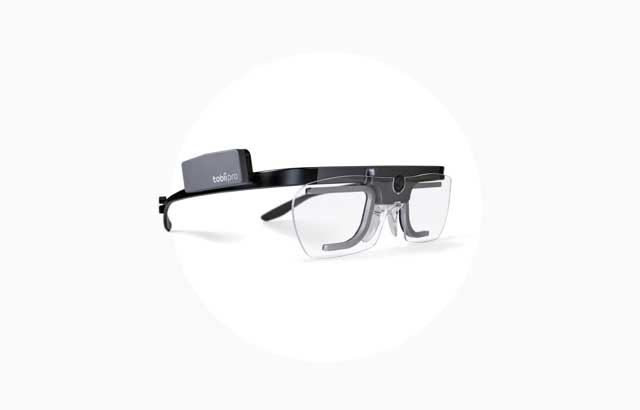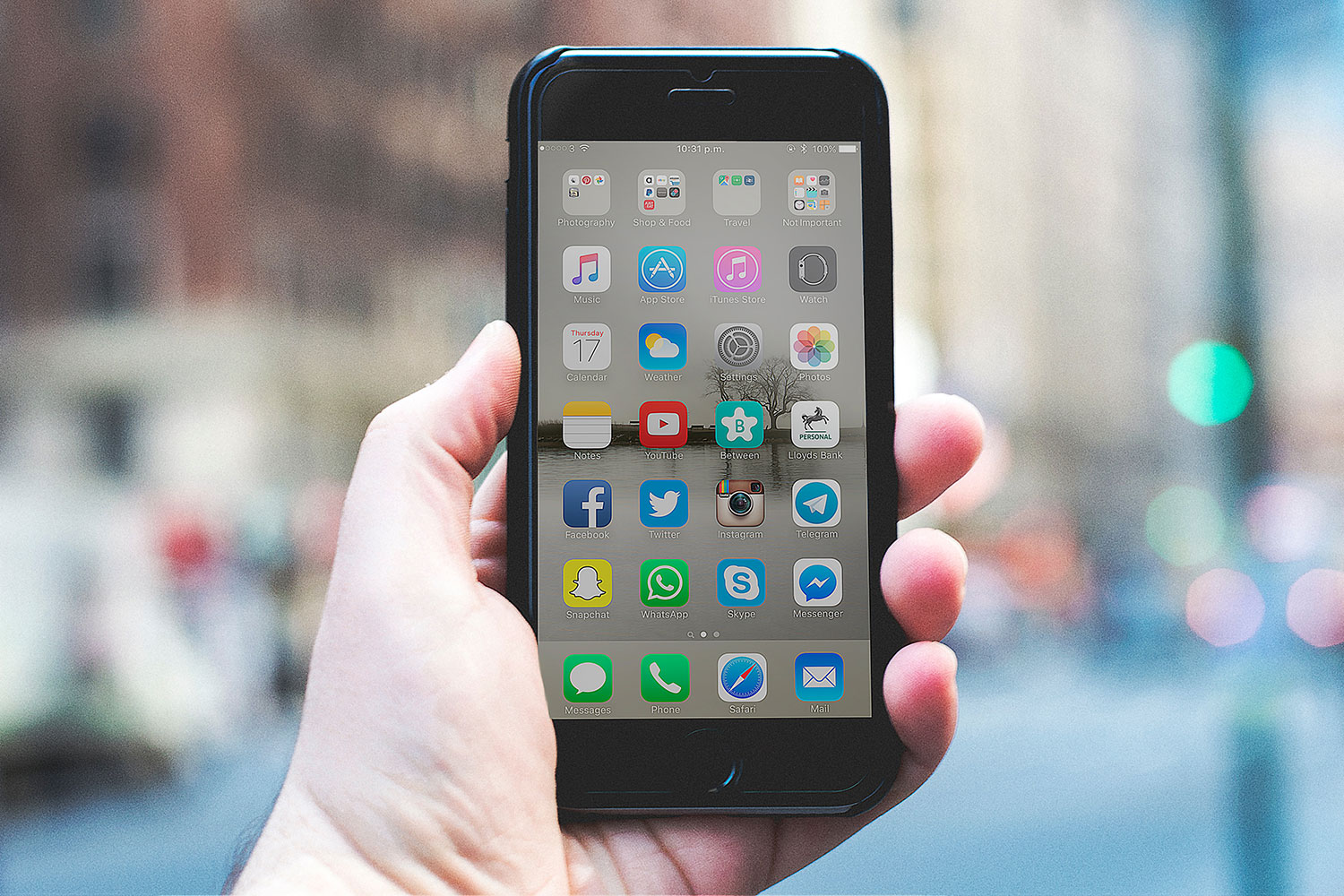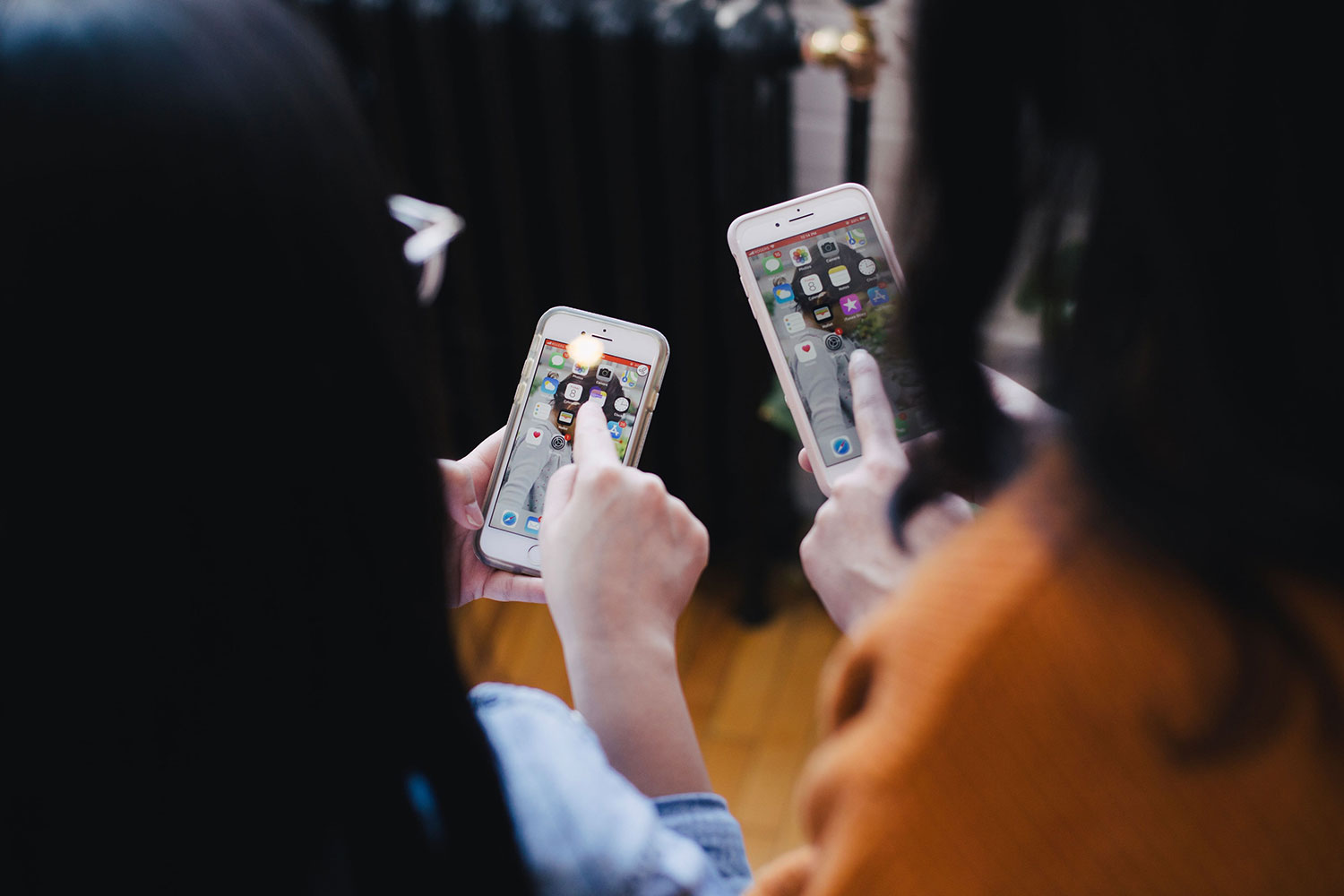Scene Camera Data Collection – Mobile / Tablet Example
Testing on a monitor, testing with a projector, testing on a laptop, a Command and Control Station, a TV… the list goes on. Where ever a person meets machine, there is a way that eye tracking can be employed. As new interfaces and devices are released, eye tracking must evolve to ensure that it can be used easily with those devices.
The latest such device was released yesterday, and that’s when mine turned up in the mail – I am of course referring to the much anticipated iPhone 6. Here at EyeTracking, we have many customers that use our EyeWorks software to test mobile apps on a variety of devices. We ourselves, run usability services (using EyeWorks or course), for a range of companies testing mobile apps. As we had an iPhone 6 in hand, we thought we should perform a quick test to ensure that all is working well between EyeWorks and the latest top end phone on the market.
For those that have not used the EyeWorks Scene Camera Module yet, it is the most easy to use and powerful scene camera solution on the market. We will get more into this in a future blog. Just to make things more interesting, we decided to use the newest eye tracker on the market –the much talked about FOVIO system from Seeing Machines. The first production system of FOVIO only started shipping to the research community this week too, so it seemed only too fitting to use it for this test.
Setup took around about 3 minutes, and we recorded simultaneous and synchronized high-definition videos of the iPhone 6 screen and Picture-in-Picture view of the subject’s hands. There is no geometry configuration needed, just click start, calibrate four points and everything else is running.
Click the embedded clip below to view the raw unedited video from our test. We’ll be sure to post more in the near future, so be sure to check back often and subscribe to our YouTube channel.
Contact our sales team if you are interested in learning more about EyeWorks or any of our other products and services.
Featured image from Unsplash.

